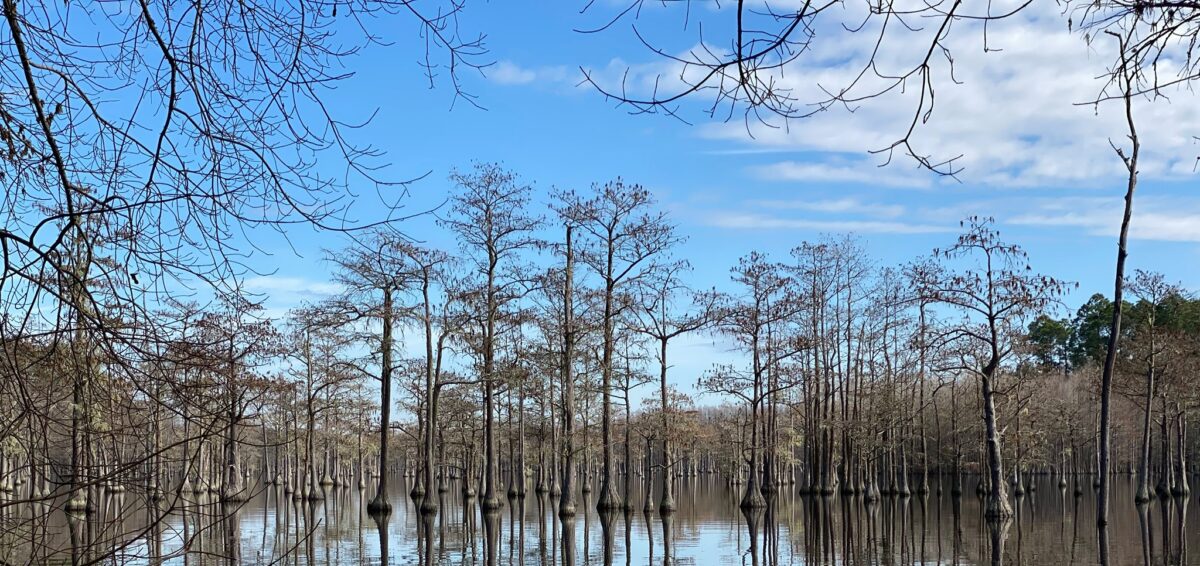What rural communities lack in infrastructure is becoming very clear to elected leaders at all levels. The question that must be answered is whether those needs will be addressed and when.
The lack of fast affordable internet service in rural communities is now holding back teachers, students, and parents. Teachers don’t have access to broadband in order to log on and hold sessions with students. Students often don’t have internet access or a computer.
If you are looking for some good stocks to consider, this might be a good time to invest in the paper industry. Schools are making printed packets of work for families because online education in rural America isn’t an option.
Rural communities don’t have the luxury of Instacart and similar shopping and delivery services. There is no option to have groceries delivered to your front door. If driving to a store is the only option for rural households, the urge to stock up beyond a week’s worth of groceries is understandable when frequently used items are on store shelves.
Businesses trying to shift to online work face the same challenges as schools. A technology company I have relied on emailed customers two weeks ago offering not only online platforms for remote work, but refurbished laptops for employees to use while they work from home. The question remains whether there is internet access at the employee’s home.
 While social media and news outlets fill space with ideas for streaming movies and television programs, rural America remains on the sidelines. There is no streaming of entertainment options without high speed internet. Libraries are closed and ball fields are vacant. Choices are so limited now.
While social media and news outlets fill space with ideas for streaming movies and television programs, rural America remains on the sidelines. There is no streaming of entertainment options without high speed internet. Libraries are closed and ball fields are vacant. Choices are so limited now.
The bandaids offered to rural America have been pulled off. Lessons are being taught about how we can better serve rural communities across our country. If the lack of resources in rural America are not addressed when we are able to paddle less frantically, the failure of elected leaders to respond nimbly and effectively should direct every voter’s choices.
